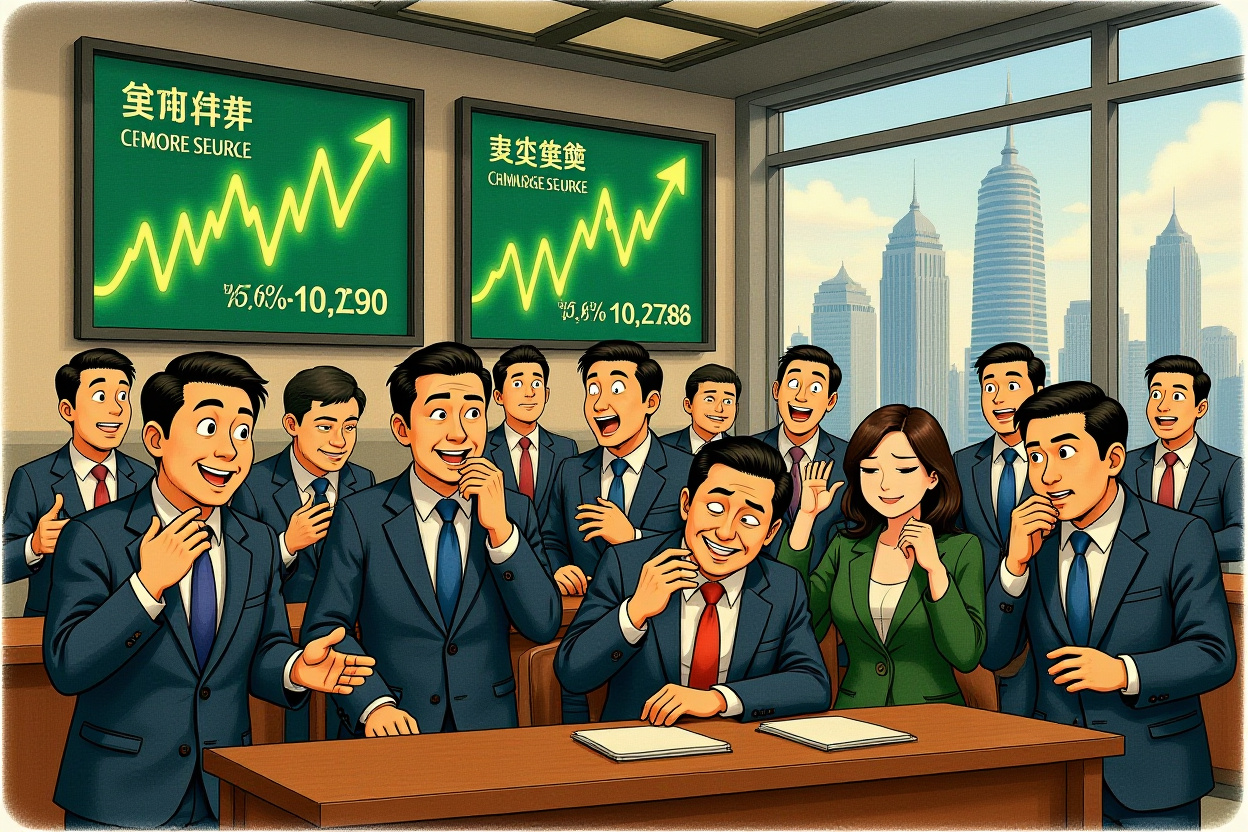Thursdays have earned a notorious reputation in financial markets, often sparking dramatic price movements that leave investors both thrilled and bewildered. Dubbed ‘Crazy Thursday,’ these surges are not random—they are the result of a confluence of economic, psychological, and structural factors. This article delves deep into the mechanics behind these explosive trading sessions, offering insights and strategies to help you navigate and potentially profit from these market anomalies.
What Is Crazy Thursday?
The term ‘Crazy Thursday’ refers to the recurring pattern of significant market rallies or volatility occurring on Thursdays, particularly in Asian and global equity markets. These surges can often be attributed to a mix of scheduled economic data releases, options expirations, and institutional trading behaviors that converge mid-week.
Historical Precedents and Data Trends
Data from major indices like the Shanghai Composite and Hang Seng Index frequently show heightened activity on Thursdays. For instance, over the past five years, Thursdays accounted for nearly 30% of the top 10 single-day gains in these markets. This isn’t mere coincidence—it’s a trend backed by empirical evidence.
Key Drivers Behind the Surge
Several factors contribute to the Crazy Thursday phenomenon. Understanding these can provide a strategic edge.
Economic Data Releases
Thursdays often feature critical economic announcements, such as unemployment figures, manufacturing data, or central bank policy hints. For example, the People’s Bank of China (PBOC) occasionally releases liquidity operation details mid-week, influencing market sentiment.
– Positive data can trigger bullish runs, while negative news may amplify sell-offs.
– Global cues, like U.S. jobless claims released on Thursdays, also play a role.
Options and Futures Expirations</h3
Derivatives expirations, particularly for weekly options, frequently occur on Thursdays. This leads to increased trading volume and volatility as traders adjust or close positions.
Institutional Trading Patterns
Hedge funds and institutional investors often rebalance portfolios ahead of the weekend, leading to concentrated buying or selling on Thursdays. This activity is especially pronounced in markets like Hong Kong and mainland China.
Case Study: Notable Crazy Thursday Events
Examining specific instances helps illustrate the phenomenon’s impact.
The July 2022 Rally
On July 14, 2022, the Hang Seng Index surged 3.2% amid rumors of policy easing by Chinese regulators. This classic Crazy Thursday event was fueled by anticipatory buying and short covering.
The Tech Sector Boom
In November 2023, tech stocks in China saw a 5% jump on a Thursday, driven by upbeat earnings reports from giants like Tencent and Alibaba. This shows how sector-specific news can amplify the effect.
Psychological and Behavioral Factors</h2
Market psychology plays a crucial role. Traders often exhibit herd mentality mid-week, reacting to early-week trends or positioning for weekend risk.
– Fear of missing out (FOMO) can accelerate buying frenzies.
– Algorithmic trading models may amplify these movements based on historical patterns.
How to Leverage Crazy Thursday for Profit
While unpredictable, there are ways to potentially benefit from these surges.
Monitor Economic Calendars
Stay updated on key data releases scheduled for Thursdays. Websites like Investing.com offer free economic calendars to track events.
Use Volatility to Your Advantage</h3
Options strategies, such as straddles or strangles, can capitalize on expected volatility without betting on direction.
Avoid Emotional Trading
Stick to a pre-defined strategy. Crazy Thursday movements can be fleeting, so avoid chasing peaks or panic selling.
Risks and Precautions
Despite opportunities, Crazy Thursday comes with risks. Sudden reversals are common, and liquidity can dry up quickly. Always use stop-loss orders and avoid over-leveraging.
Final Thoughts
Crazy Thursday is more than a market meme—it’s a real pattern driven by tangible factors. By understanding its causes and maintaining discipline, investors can better navigate these volatile sessions. Stay informed, stay cautious, and consider how these insights fit into your broader investment strategy. For ongoing analysis, follow reputable financial news sources and leverage tools like Bloomberg or Reuters for real-time updates.




